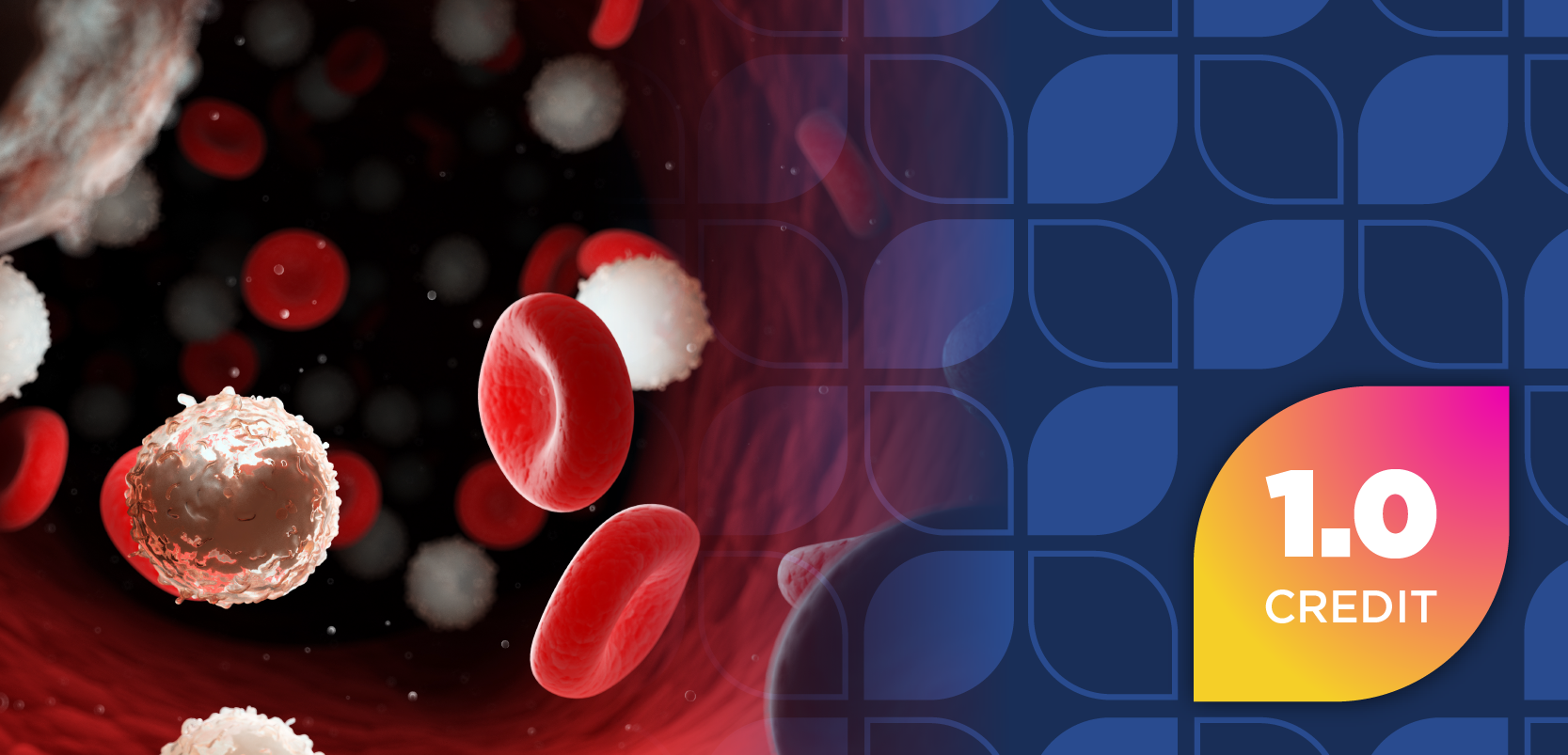Children with asthma are primarily—and often successfully—treated by their primary care providers, with outpatient specialist care recommended for patients with poorly controlled disease. However, little research has been performed on different insurances (eg, private insurance vs Medicaid) and specialist care use among pediatric patients with asthma. Research published in JAMA Network Open examines both the differences in receipt of asthma specialist care by insurance type and the differences in asthma specialist care for children with and without persistent asthma, and whether there were differential associations depending on insurance type.
This cross-sectional study followed the STROBE reporting guidelines and used the Massachusetts All Payer Claims Database to identify children with asthma. Pediatric patients with asthma aged 2 to 17 years in each year from 2015 to 2020—and 2014 data to identify persistent asthma—were included in the study. Further, the enrolled children had to meet at least 1 of the following 3 criteria: 1 or more hospital visits (eg, inpatient, emergency department [ED], and observation stays) with a principal or secondary diagnosis of any asthma; 2 or more outpatient visits with any asthma diagnosis; of at least 1 outpatient visit with any asthma diagnosis and at least 1 asthma medication, including inhaled corticosteroids, short-acting β2-agonists, long-acting β2-agonists, methylxanthine, mast-cell stabilizer, or a combination of treatments.
The study’s primary end point was a binary indicator of receipt of asthma specialist care, defined as at least 1 outpatient visit with any asthma diagnosis with a clinician with a taxonomy code indicating any of 3 specialties (either general or pediatric): allergy and immunology, pulmonology, or otolaryngology. To determine participants’ asthma persistence and severity, persistent asthma was defined during a year based on the Healthcare Effectiveness Data and Information Set metric and included children who were enrolled in the cohort for 2 continuous years who met at least 1 of the following criteria in the current or prior year: at least 1 inpatient visit with a principal asthma diagnosis; at least 1 ED visit with a principal asthma diagnosis; at least 4 outpatient or hospital observation visits on different dates, with any asthma diagnosis and at least 2 asthma medication fills on different dates; or at least 4 asthma medication fills on different dates.
Among 198,101 children enrolled in the study, there were 432,455 child-year observations, and of these observations, 286,408 (66.2%) had Medicaid and the remaining 146,047 (33.8%) had private insurance. Those with Medicaid were younger, had higher risk scores—or comorbid illness—and lived in areas with higher Structural Racism Equity Index scores, meaning they were lower-resourced areas. Additionally, rates of persistent asthma were 57,381 (20.0%) among those with Medicaid, and 24,727 (16.9%) among those with private insurance.
Of the full study cohort, 64,239 patients (14.9%) received asthma specialist care, including 34,093 (11.9%) of those with Medicaid, compared with 30,146 (20.6%) of those with private insurance. Additionally, the most common specialist type was allergy and immunology, and were used less than 50% as much among child-years with Medicaid (20,265 child-ears, 7.1%) compared with child-years with private insurance (23,199 child years, 15.9%). A higher proportion of those with persistent asthma were received asthma specialist care (n = 26,426, 32.2%) compared with those without persistent asthma (n = 37,813, 10.8%).
Key Takeaways
- Insurance Type Influences Specialist Care Utilization: The study found significant differences in the utilization of asthma specialist care between children with Medicaid and those with private insurance. Children with Medicaid were less likely to receive specialist care (11.9%) compared to those with private insurance (20.6%). This disparity was observed despite similar asthma severity levels, indicating potential barriers in access to specialist care based on insurance type.
- Persistent Asthma and Specialist Care: Children with persistent asthma were more likely to receive specialist care (32.2%) than those without persistent asthma (10.8%). The most commonly utilized specialists were in allergy and immunology, and children with Medicaid used these specialists less than half as much as those with private insurance, highlighting a gap in the management of more severe asthma cases among publicly insured children.
- Trends and Disparities in Specialist Care Over Time: Over the study period from 2015 to 2020, there was a slight narrowing of the gap in specialist care utilization between children with Medicaid and those with private insurance. This was due to a decrease in specialist care use among privately insured children and a slight increase among those with Medicaid. Despite this trend, disparities persist, and the study underscores the need for better access to specialty care, particularly for those on public insurance, to ensure equitable asthma management.
According to the investigators, the study results are consistent with prior research that demonstrated lower utilization of asthma specialists by children with Medicaid; however, the lower rates of specialist care were not always observed, particularly among children who were surveyed at ED presentation. Additionally, several studies that analyzed a specific subpopulation of children from racial and ethnic minority groups presenting to an urban ED found no differences in prior specialist use by insurance type. The current study authors note that although they did not examine mechanisms by which this disparity occurs, they suspect there could be a consistency with studies that suggest a lower acceptance of Medicaid by pediatric specialists.
Further, the researchers found that the gap between pediatric patients with Medicaid compared with private insurance had narrowed slightly over time, with reductions observed in specialist use by those with private insurance along with slight increases by those with Medicaid. This was present overall and for children who had persistent asthma. In addition, the investigators observed that specialty drugs—such as biologics—were increasingly available for the treatment of moderate to severe asthma with different biological phenotypes, and these medications were almost exclusively prescribed by specialists. The authors note that although uncommonly used in pediatric care, prior studies demonstrated significant disparities in their use among children with private insurance compared to public insurance, which means that children on Medicaid have adequate specialist access and can be significant in reducing disparities in asthma control by insurance type for those with either severe asthma or poor asthma control.
Potential limitations of the study include the study’s lack of generalizability because patients were limited to Massachusetts, researchers’ inability to observe asthma symptom frequency or control based on medication dose, and the ideal rate of specialist care among children with asthma being unknown, meaning results should be interpreted with caution. Additionally, the investigators also note the study did not specifically contain or analyze information on the patients’ race or ethnicity, opening up opportunities for future research to examine whether differences are present in specialist care in patients with different racial backgrounds.
Reference
Geissler, KH, Shieh, M, Krishnan, JA, Lindenauer, PK, Ash, AS, Goff, SL. Health Insurance Type and Outpatient Specialist Care Among Children With Asthma. JAMA Netw Open. 2024;7(6):e2417319. doi:10.1001/jamanetworkopen.2024.17319


























































































































































































































